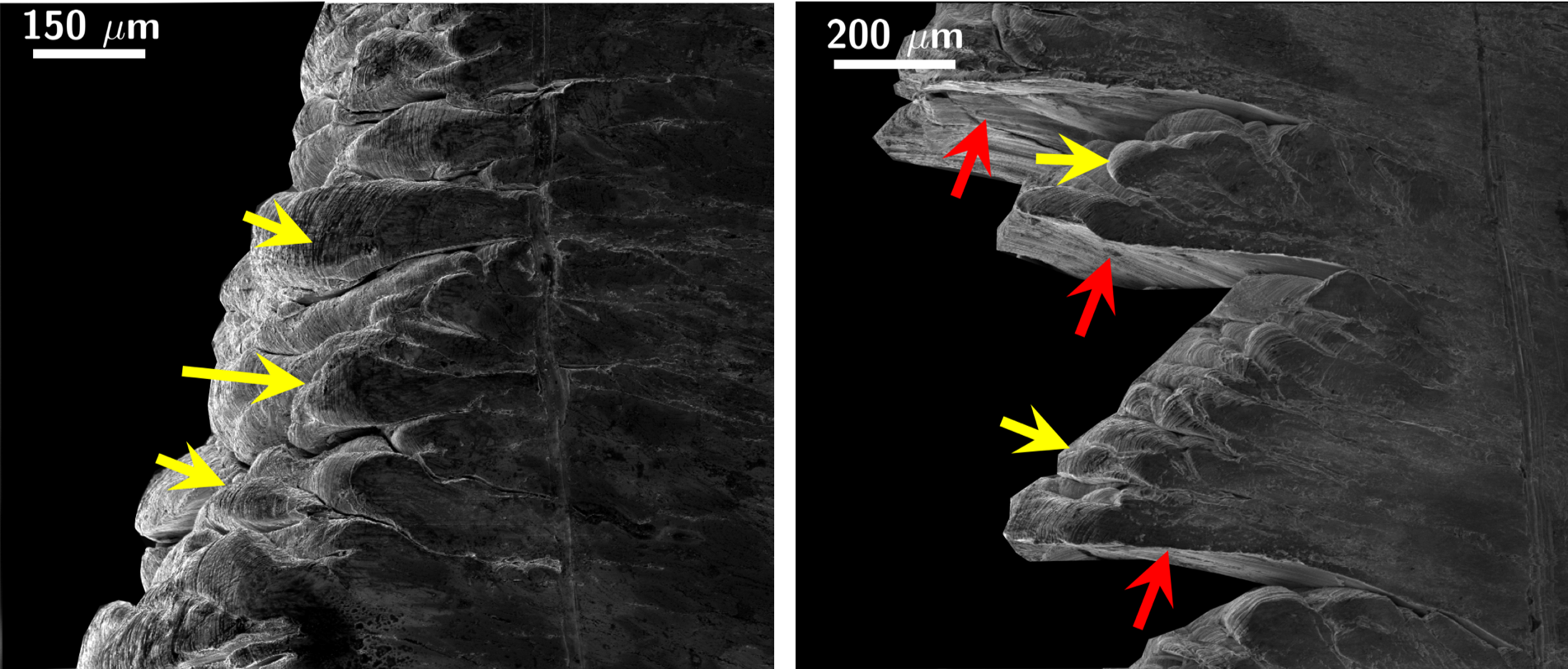Researchers at Purdue University in the US have designed a new approach to the machining and sculpting of the advanced metals ubiquitous in manufacturing to improve their use in areas such as military equipment, vehicle manufacture, solar panels and in medical and health productsinstruments. It would make these metals more affordable to manufacture and process by making them easier to machine, and benefit their milling, turning, grinding and drilling.
Advanced, or exotic, metals are difficult to find and expensive to use in manufacturing, partly due to being problematic to sculpt. However, as reported in Physical Review Applied [Udupa et al. Phys. Rev. Appl. (2019) DOI: 10.1103/PhysRevApplied.11.014021], this new process – based on applying a designer surface-active agent, chemicals used in metals processing, to the surface of a metal to help cut and shape them into separate parts – could lead to a step change in how they are used in manufacturing.
The team had previously applied common alcohols to an aluminum surface to cut the metal more easily, offering a smoother surface compared to when alcohol isn’t used. The same approach showed promise for other metal systems, with each needing a particular designer agent as alcohols do not interact with other metals in the same way as they do with aluminum. While exploring the cutting and behavior of ductile and strain-hardening metals known to be difficult to work with, they found that application of commonly available glues and inks to the surface of a metal reduced the cutting forces by around 50%. These media seemed to work with most metals tried, and high-speed imaging showed the media had embrittled the surface of the workpiece.
Improving metal cutting is commonly achieved with lubricants, which are applied at high pressure, and often elaborate tool designs are made so that the lubricant can be injected through the cutting tool. However, this study offers an alternate approach by modifying the chemistry of the fluid. As Anirudh Udupatold Materials Today, “With the right chemistry, one can change the ductility of the metal and consequently the cutting forces and energy consumed. Lower forces also lead to longer tool-life and improved surface-finish.”
There are many potential applications for the mechanochemical effect, such as copper brazing tips for robotic weldersin the automotive industry, and primary implant components in orthopaedics where production rates are constrained by poor machinability. Further research should focus on the physics of the effect – although the chemicals are embrittling the metal, the mechanism by which they do so is not understood, and the chemicals causing embrittlement in particular metals need to be identified to speed up their development and synthesis.


